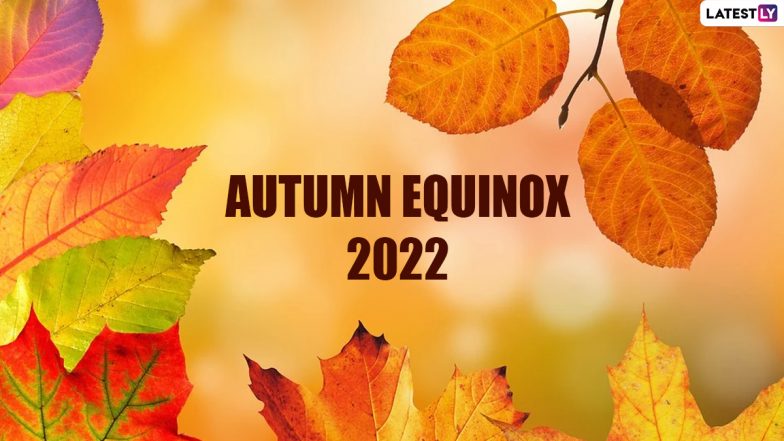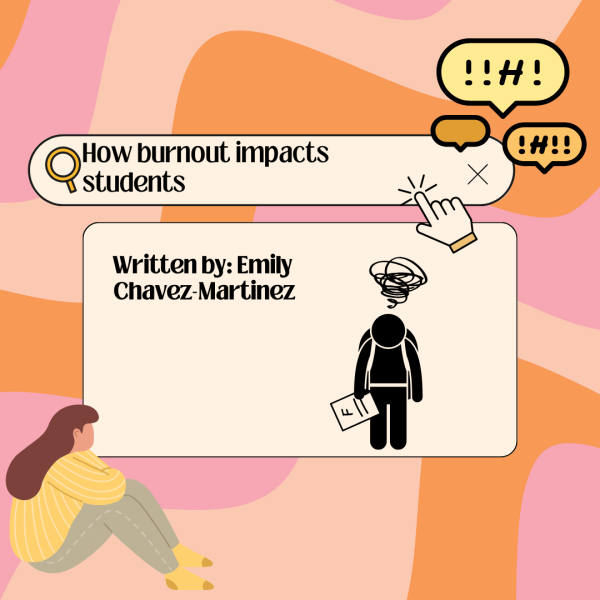All about the Fall 2022 or the 2022 Autumnal Equinox!
First off, let me explain what an equinox is. An equinox is an astronomical phenomenon that occurs twice a year, once in the spring and once in the fall, when the Earth’s axis is turned neither away from nor towards the Sun. The inclination of the Earth (with respect to the Sun) is 0° at Equinoxes, and both the day and night are almost equal in length on Equinox day, i.e. 12 hours.
Next, equinoxes occur every year on the 20th or 21st of March and the 22nd or 23rd of September, and all days have the same duration of day and night. In the Northern Hemisphere, March Equinox is known as Vernal Equinox and Spring Equinox, while it is known as Autumnal Equinox and Fall Equinox in the Southern Hemisphere. In other words, it is springtime in the United Kingdom, the United States, Canada, Russia, India, and China on March Equinox, while it is autumn in Australia, Argentina, Chile, New Zealand, and in South Africa.
Then, equinoxes are preferably referred to as March Equinox (Northern Equinox) and September Equinox (Southern Equinox).
And this only occurs twice a year, on both the spring and autumn equinoxes. This means that on these days, the day period is the same (12 hours) at all points on the earth’s surface (except right at each pole, where it will be about to change from permanent light to dark, or vice versa). But in several parts of the world, especially in the Northern Hemisphere, the Autumnal Equinox marks the start of autumn. And so, this is the first day of spring in the Southern Hemisphere.
Now, let me talk about the types of Equinoxes. Equinoxes are classified into two groups. The equinoxes in both March and in September are each assigned their own names.
Now, let me talk all about the Spring Equinox for just a quick moment here if you do not mind. The Spring Equinox is the first day of spring. The Spring Equinox happens as the Sun reaches the equator from the Southern to the Northern Hemisphere, marking the start of the spring season. The North Pole continues to lean back against the Sun. Both the day and the night are nearly similar in time. And the Spring Equinox is near the 20th of March.
Next up, let me talk about the Autumn Equinox. The Autumn Equinox occurs as the sun reaches the equator from the Northern to the Southern Hemisphere, marking the beginning or the start of the autumn season. The North Pole tilts away from the Sun. Both the day and night are nearly similar in time. And the Autumnal Equinox is near September 22nd.
Now, let us talk about both equinox and culture. For thousands of years, equinoxes have been a part of both many cultures and rituals. Equinoxes, for example, signifies the start of important days such as the new year. Both Planting and harvesting seasons are determined by the equinoxes. Both equinoxes are designated as national holidays in Japan as a day to honor ancestors. During the equinox, the Hindu temple Angkor Wat in Cambodia is said to be constructed in such a way that the sun rises directly above its central temple. Between 1113 and 1150, the temple was founded. There are many examples of this in both various religious and cultural cultures.
And finally, here are some fun facts about equinoxes that you can very well share with both your family and your friends! The first fun fact is equinoxes do not always occur on the same day each year. Then, the next fun fact about equinoxes is that the planet Saturn has equinoxes as well, but they only happen every 15 years because it takes about 30 years for Saturn to orbit the Sun.
Then, the next fun fact about equinoxes it that equinoxes generally occur about 6 hours later each year, with a jump of a day (backward) on leap years.
And finally, a fun fact about equinoxes is that the Mid-Autumn Festival, also known as the Moon Festival, is held in China to mark the Autumnal Equinox.
And lastly, let me talk about the concept of Autumn of Fall in European language. The concept of autumn in European languages is connected with the harvesting of crops; in many cultures autumn, like the other seasons, has been marked by rites and festivals revolving around the season’s importance in food production. Animals gather food in autumn in preparation for the coming winter, and those with fur often grow thicker coats. Many birds migrate toward the Equator to escape the falling temperatures. A common autumn phenomenon in the central and eastern United States and in Europe is Indian summer, a period of unseasonably warm weather that sometimes occurs in late October or November.
So, that is all you need to know about the Fall 2022 or the 2022 Autumnal Equinox! Hope you enjoyed it!
Your donation will support the student journalists of Dakota High School. Your contribution will allow us to purchase equipment and cover our annual website hosting costs.

Zachary Veal is a senior at Dakota High School. He is interested in music while playing percussion in his 3rd hour Concert Band class right here at Dakota,...













Kirsten Groppuso • Sep 20, 2022 at 6:29 am
My family and I have been celebrating the equinoxes and solstices for over 30 years. They are celestial events worth learning about and celebrating. I really enjoyed your fascinating and informative article. Keep them coming!